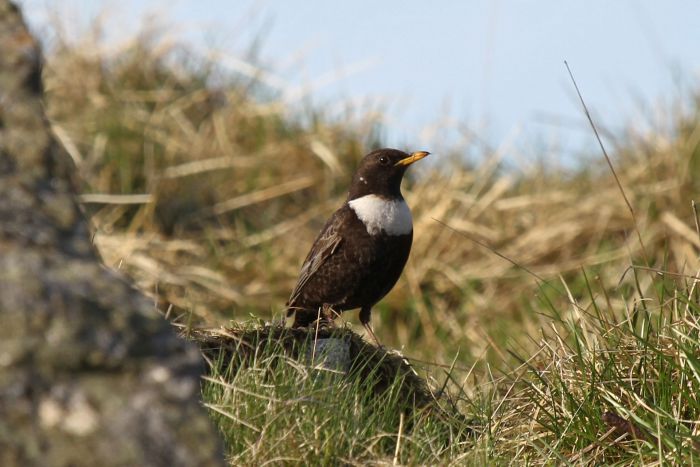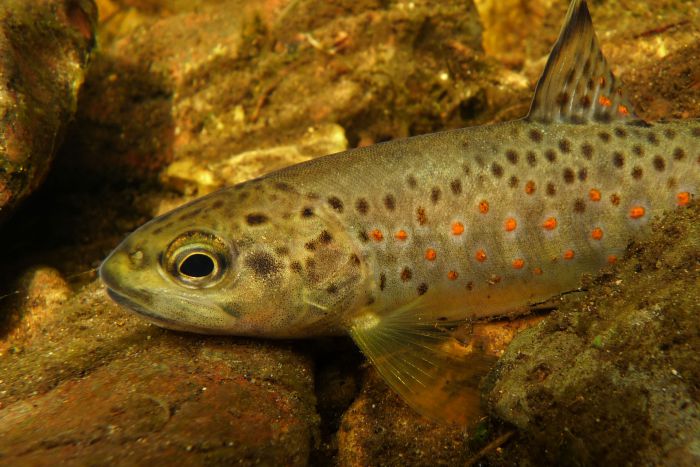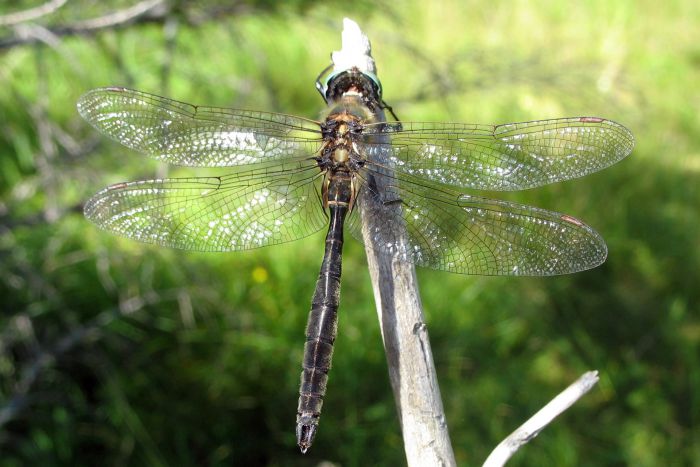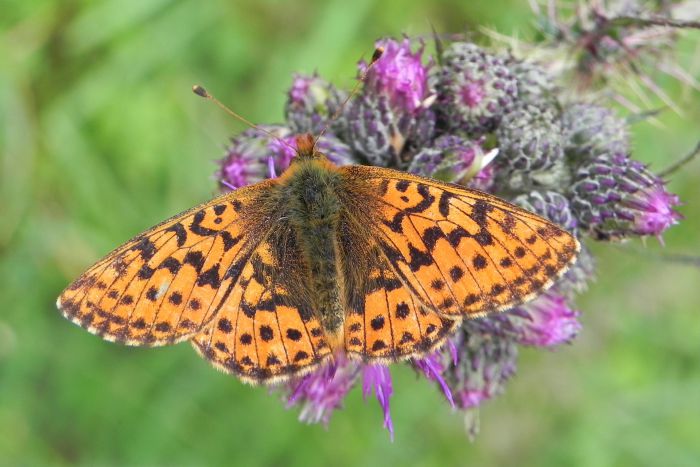Animals in the National Park
It takes silence and patience to discover the rich wildlife of the National Park
Hearing the call of peregrine falcon (Falco peregrinus), finding footprints of lynx (Lynx lynx) or red deer (Cervus elaphus) in the snow, watching mysterious forest dwellers like wildcat (Felis silvestris), spotting birds from high mountain areas or mountain spruce forests such as ring ouzel (Turdus torquatus) or spotted nutcracker (Nucifraga caryocatactes) – that is the kind of adventure you can experience in Harz National Park, provided you have some patience and luck. Due to the Nordic climate and the various height levels with their respective living conditions, extraordinary species are able to live here. In addition, extreme biotopes such as bogs, streams and stone contribute to biodiversity.
Some particularities: mammals
Red deer (Cervus elaphus), roe deer (Capreolus capreolus) and wild boar (Sus scrofa) are impressive game animals. For some time now, a big predator has been silently following them through the forest: the lynx (Lynx lynx) has returned! The Park is one of the wildcat's (Felis silvestris) last refuges. The fact that there are seventeen bat species living in the Park is also noteworthy.
Extraordinary bird life
Some ornithological treasures can be found in the Park, e.g. peregrine falcon (Falco peregrinus), boreal owl (Aegolius funereus) and black stork (Ciconia nigra). Species from higher areas can be found too, but the "classics" such as blackbird (Turdus merula), chaffinch (Fringilla coelebs), willow warbler (Phylloscopus trochilus) and wren (Troglodytes troglodytes) make the forest alive. The rare black woodpecker (Dryocopus martius) is one of six woodpecker species living here. Specialized species like dipper (Cinclus cinclus) and ring ouzel (Turdus torquatus) impress with their degree of adaption to their extreme living conditions.
Rather small in numbers: amphibians, reptiles and fish
Acidic water, only a few standing waters, large spruce forests – vast parts of the National Park are not very suitable for toads, snakes, etc. Undemanding flexible species such as common frog (Rana temporaria), alpine newt (Ichthyosaura alpestris) and common lizard (Zootoca vivipara) can be found at every height. Surprisingly, the common midwife toad (Alytes obstetricans) has been spotted in areas at 800 m. Common toad (Bufo bufo), fire salamander (Salamandra salamandra), slow worm (Anguis fragilis) and grass snake (Natrix natrix) also live in the National Park. Fish, such as brown trout (Salmo trutta fario) and bullhead (Cottus gobio) have found suitable living conditions in the mountain streams.
Secret sovereigns: invertebrates
Insects and spiders are essential for the ecology of the Park. However, because of the large number of species they have only been partially explored. Species that are adapted to extreme living conditions or colder environments, such as northern emerald (Somatochlora arctica) and cranberry fritillary (Boloria aquilonaris), are highly interesting for entomologists. Very special insects live on the summit of the Brocken: snow flies (Chionea), unable to fly, and snow fleas (Hypogastrura nivicola) both live on the ground and move around on the shining snow areas.














